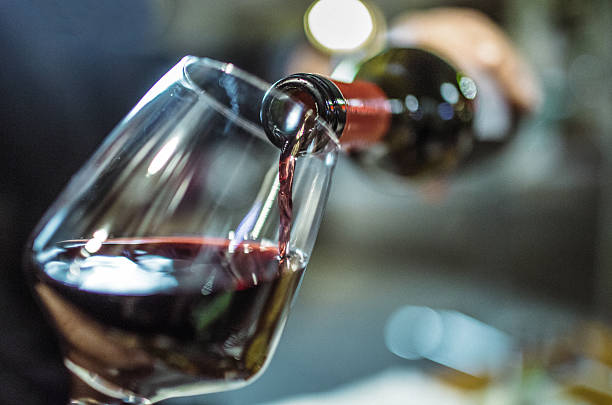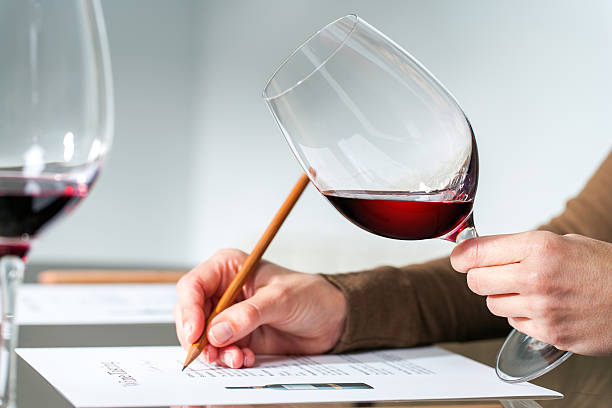Why do you blend?
Blending wines is done to increase complexity and create the right balance. Many winemakers will inform you that top wine is produced by the vine, however, often, particularly on an affordable budget for a home winemaker it’s not feasible. There are times when you can’t get access to premium fruit, or perhaps the grapes you have in your backyard did not mature as you’d like. Also, you could be a victim of the juice supplier or kit maker. There may be a reason that you have only a small amount of space for experimenting with more than two or three batches of wines. The result can be wines which are thin or single-dimensional or excessively sweet or acidic (or not sweet or acidic enough). They may require more color or flavor or an extra ingredient to make them suitable for competition. If you’ve adhered to good winemaking methods and have also made additional batches of wine that complement each other (or you have the option of complimentary wine), then you can blend your way to a bottle of better wine.
What should you mix?
You can increase complexity or address balance issues that could be a problem for the well-crafted but imbalanced wine by mixing. The trick is to find the best wine to blend and blending them in appropriate quantities.
The possibilities for blending are endless. The options for home winemakers are endless, and they do not have to adhere to specific rules for blending, unlike commercial wines. For instance, French red Bordeaux can be blended that contains Cabernet Sauvignon, Cabernet Franc, Merlot, Petit Verdot, Malbec, and Carmenere. In the same way, in Tuscany, Italy, Chianti Classico is limited to blends of varieties that are approved, such as Sangiovese, Canaiolo, Cabernet Sauvignon, Merlot or Syrah to be legally recognized as genuine Chianti Classico by the region’s winemaking laws.
For those who are just beginning to blend However, the most effective approach is to try blends that are proven to be effective for blending, like Cabernet Sauvignon and Merlot, or Chardonnay and Semillon — based on the blends you are able to get the chance to get. Because many home winemakers who are beginners typically work with a single lot of wines at the same time, this is an ideal opportunity to connect with other winemakers at home to exchange wines to blend. It is also possible to prepare your blends in advance by making smaller amounts of wines from other varieties made from fresh juice, grapes or even a kit for wine. (for more details on the wine kit for blending, Tim Vandergrift discusses the topic in the following piece). Also, for some charts of common blends and complementary grapes.
Mixing safety precautions
Blending is an excellent option to tweak your wines to make them more enjoyable, however, what you should not blend is wines with imperfections that result of winemaking errors. For instance, when your wine is contaminated with Brettanomyces or has other irreparable flaw mixing it with a different wine is not going to improve the quality of your wine, and you’ll be left with larger amount of wine with a problem.
Blending must also be performed in smaller tests before mixing the whole batch. This process is referred to as “bench trials,” and involves mixing just a few milliliters at a time, then tasting then mixing the entire batch after you’re satisfied with the blend you have chosen.




